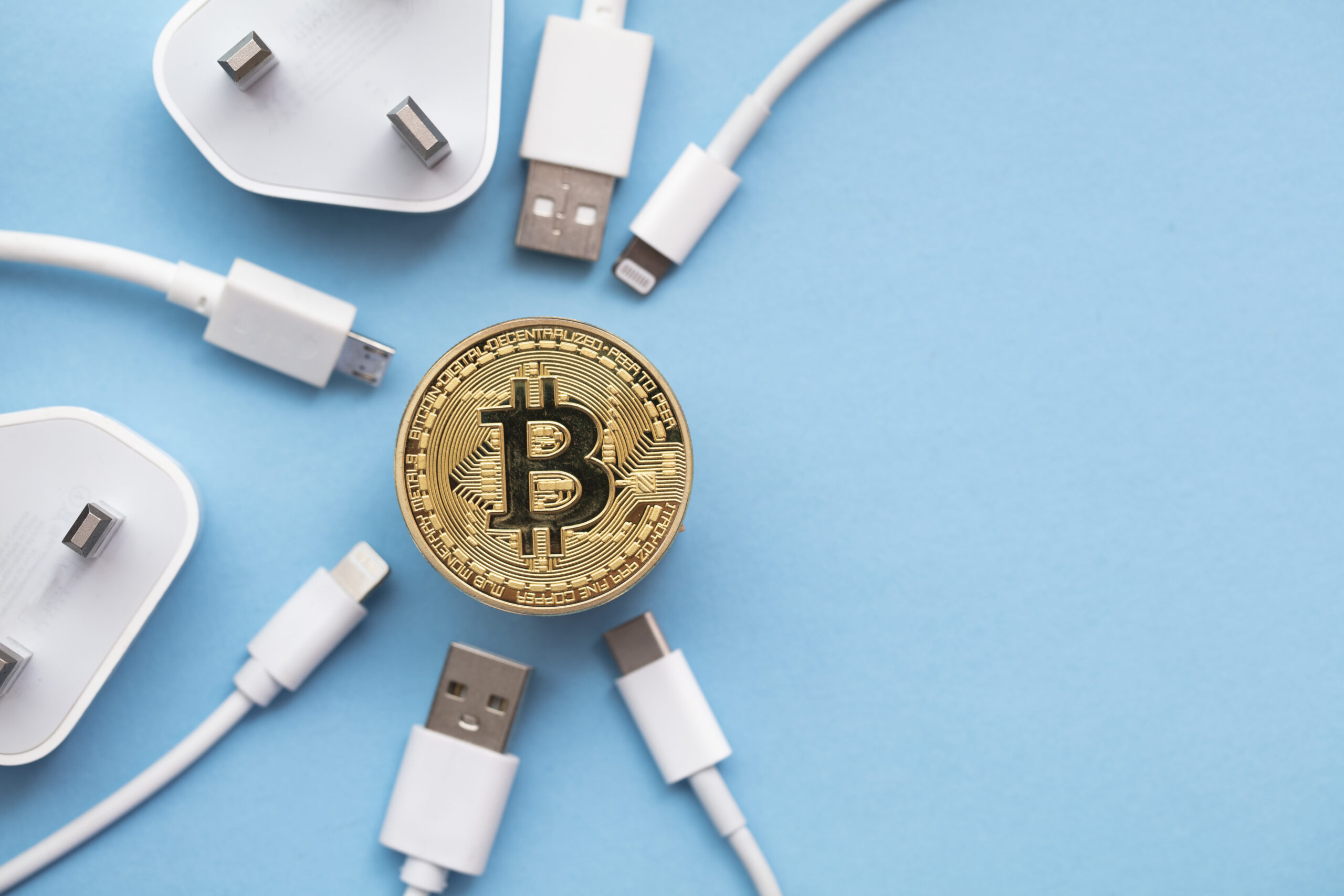About 106 million people worldwide own at least one cryptocurrency.
While this presents a lot of opportunities for people to make money, many people end up losing after falling for cryptocurrency scams. Blockchain technology is relatively new, and as such, most people are unaware of the types of scams that are being used.
If you want to prevent cryptocurrency scams, you need to first understand them. For a rundown of the different types, and how to spot them, keep reading.
Types of Cryptocurrency Scams
Some of the latest cryptocurrency scams follow a similar methodology to other scams that have been used online for years. Because of this, they can be easier to spot.
There are some scams, however, that are newer and less common. It’s much easier for people to fall for these – especially new investors.
Fake Websites
This is one of the most common cryptocurrency scams, where people will create fake crypto trading websites/platforms that look identical to the real versions. Typically, these will encourage people to enter their details to log in as they normally would, but will then send this information on to the scammer.
Sometimes these sites will work at first, allowing you to withdraw a small amount. After you invest more money, however, the site may shut down or stop allowing transfers.
Phishing Scams
Phishing scams have been around for years. In terms of crypto, this involves the scammer sending out emails that look legitimate. The email will contain a link to a malicious website that they can use to steal information in a similar way to that mentioned above.
Through the site, the scammer may be able to access the details of your crypto wallet. They can then drain all of the funds from it.
Pump and Dump
This scam involves promoting a specific coin or token in various ways such as through email or social media. As people see more of the coin they won’t want to miss out, so will buy some, causing the price to rise. When the coin reaches a certain value, the scammers will quickly sell all of theirs at this inflated price, which then results in the price plummeting.
Fake Apps
There are various types of apps for things like trading, watching the market, and storing crypto. Some people will create fake apps and add them to the Apple App Store and Google Play. Through these, scammers can access people’s personal data, and maybe even their crypto wallets.
These apps are generally discovered quite quickly, and removed, helping minimize the damage that they can do.
Fake Celebrity Endorsements
Celebrity endorsements have long been used by businesses to promote their services or products. Crypto projects have been known to do the same, but sometimes scammers will post fake endorsements to try and promote their scam coins.
Doing this can make people want to buy a coin because they get the impression it will be a good investment. It’s easy for someone new to crypto to fall for this.
Giveaway Scams
If something sounds too good to be true, it probably is. You might come across an offer that promises to multiply your crypto after you send it to them. Even if it looks legitimate, you should avoid things like this at all costs.
They’ll often make it seem like you need to act fast to not miss the opportunity. This is to get people to send their crypto before they take the time to really think about it, which is why so many people fall for these.
Blackmail/Extortion
This is a more aggressive form of scam, where people may actually be threatened. A scammer might claim to have sensitive information on the victim, such as a list of adult websites they’ve visited. They’ll then demand payment, saying they’ll expose the victim if they don’t send them an amount of crypto.
Cloud Mining Scams
Crypto mining involves using powerful hardware to solve complex equations, for which the miner is paid in crypto. This hardware is very expensive and can take up a lot of space, so cloud mining is a solution where an individual can pay a company to rent their equipment remotely and mine with it.
While these aren’t always scams, many are. Of those that are legitimate, they’re often not very effective. In the majority of cases, your returns would be less than the amount you’ve invested.
Fraudulent Initial Coin Offerings
Initial coin offerings (ICOs) are a method of raising funds that crypto companies can use when they’re getting started. The idea is that an investor will exchange another crypto (such as Bitcoin or Ethereum) for this new coin at a discounted rate.
Scammers will sometimes make such offers but use fake coins. They’ve been known to create elaborate marketing materials, and even rent fake offices, to help with their scam.
Signs of a Scam
If you can recognize cryptocurrency scams you’ll be much less likely to fall for them. Sometimes it can be hard to spot a scam, but there are multiple common signs you should look out for.
Beware of anything that sounds too good to be true. If anyone offers free money, they’re almost certainly a scammer. No investment opportunity can guarantee positive returns, so anyone making this promise shouldn’t be trusted.
One of the main aspects of any crypto offering is the whitepaper. If a project doesn’t have one, or they do but it either doesn’t make sense/isn’t clear, then you should avoid the project.
Scammers will often go over the top with marketing. While marketing is typical of almost any project, scammers may go further with it to try and attract as many people as possible within a short time frame.
With most investments, you can find the identities of the people behind them. If the team has chosen to not reveal their identities, this could be because they’re scammers and they don’t want to be found.
Protecting Yourself From Crypto Scams
The best way to avoid cryptocurrency scams is to know what they are and how to spot them. Any time you’re thinking of investing, do some research so that you fully understand what you’re buying and to make sure you don’t fall for any cryptocurrency scams.
You should always secure your crypto in a wallet, and never give anyone your password or seed phrase. You can find out more about these by clicking here and reading through our guide on the best cryptocurrency wallets.











